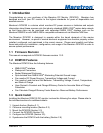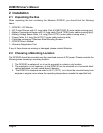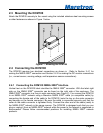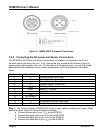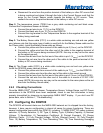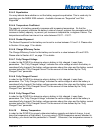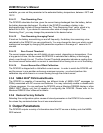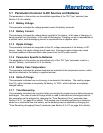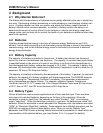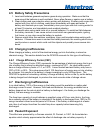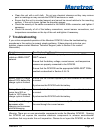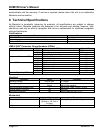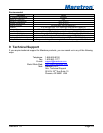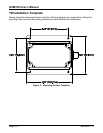
Revision 1.0 Page 9
®®
3.1 Parameters Common to DC Sources and Batteries
The parameters in this section are transmitted regardless of the “DC Type” selected (see
Section 2.5.3 for details).
3.1.1 Battery Voltage
This parameter indicates the voltage present across the battery terminals.
3.1.2 Battery Current
This parameter indicates the voltage being supplied to the battery, in the case of charging, or
being supplied from the battery, in the case of discharging. Charging current is represented as
a positive value, while discharging current is represented as a negative value.
3.1.3 Ripple Voltage
This parameter indicates the magnitude of the AC voltage component of the battery or DC-
source. Ideally, the ripple voltage should read zero. Excessive ripple voltage may cause
functional problems in devices which draw power from the DC power source.
3.1.4 Parameters Specific to Batteries
The parameters in this section are transmitted only of the “DC Type” parameter is set to a
value of “Battery” (see Section 2.5.3 for details).
3.1.5 Battery Case Temperature
This parameter indicates the present temperature indicated at the temperature sensor, which
should be attached to the battery’s negative terminal.
3.1.6 State of Charge
This parameter indicates how much energy is contained in the battery. The reading ranges
from 0%, which indicates a completely flat battery, to 100%, which indicates a completely
charged battery.
3.1.7 Time Remaining
This parameter indicates how long the battery can supply the present current before becoming
discharged. The value of state of charge which is used to calculate the discharged state for
this parameter can be adjusted by changing the “Time Remaining Floor” parameter (see
Section 2.5.4.11 on page 8 for details). This reading may fluctuate significantly as loads are
added to or subtracted from the battery, so the damping may be adjusted by changing the
“Time Remaining Averaging Period” parameter (see Section 2.5.4.12 on page 8 for details).



